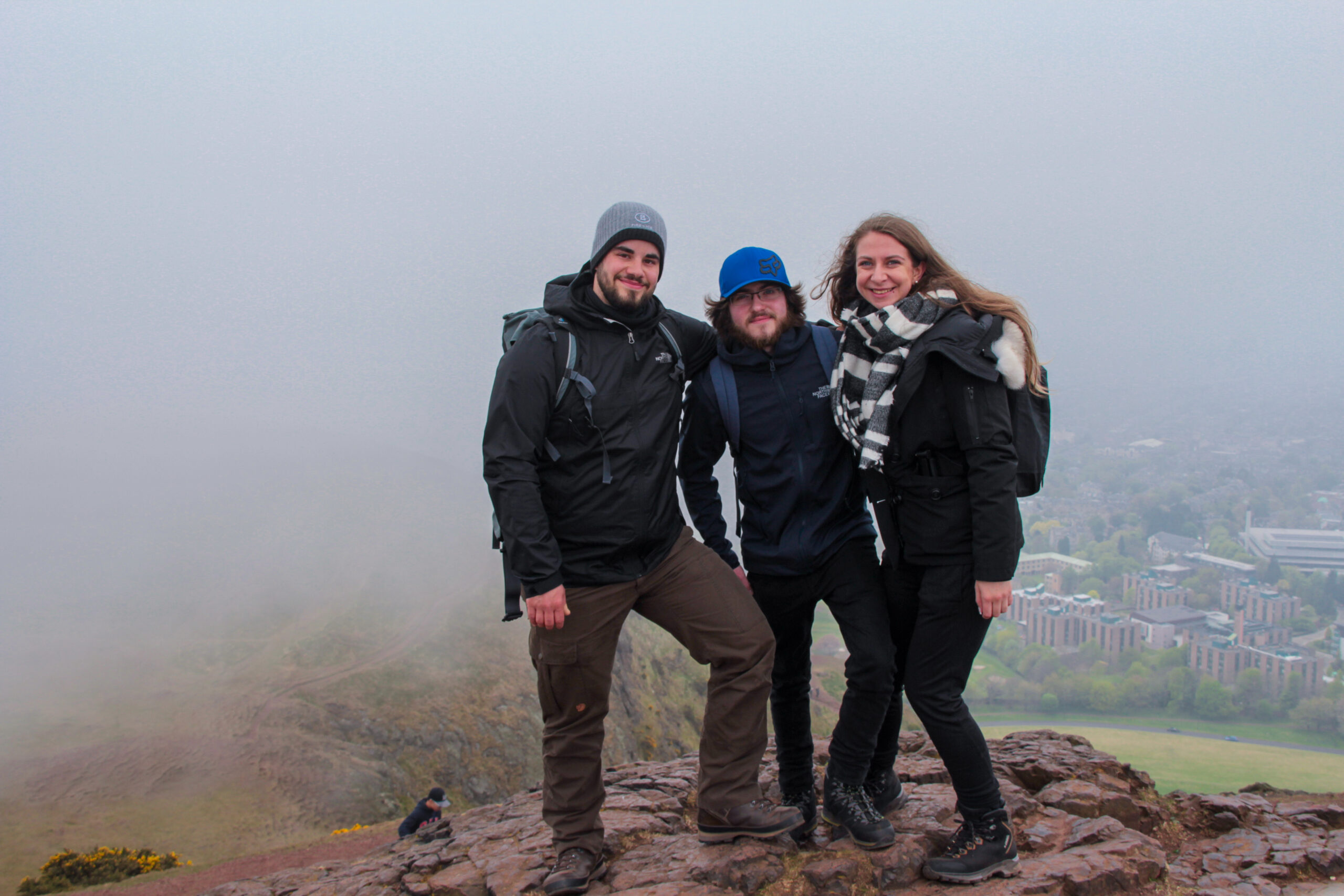
Arthur’s Seat – an extinct volcano in Edinburgh, Scotland
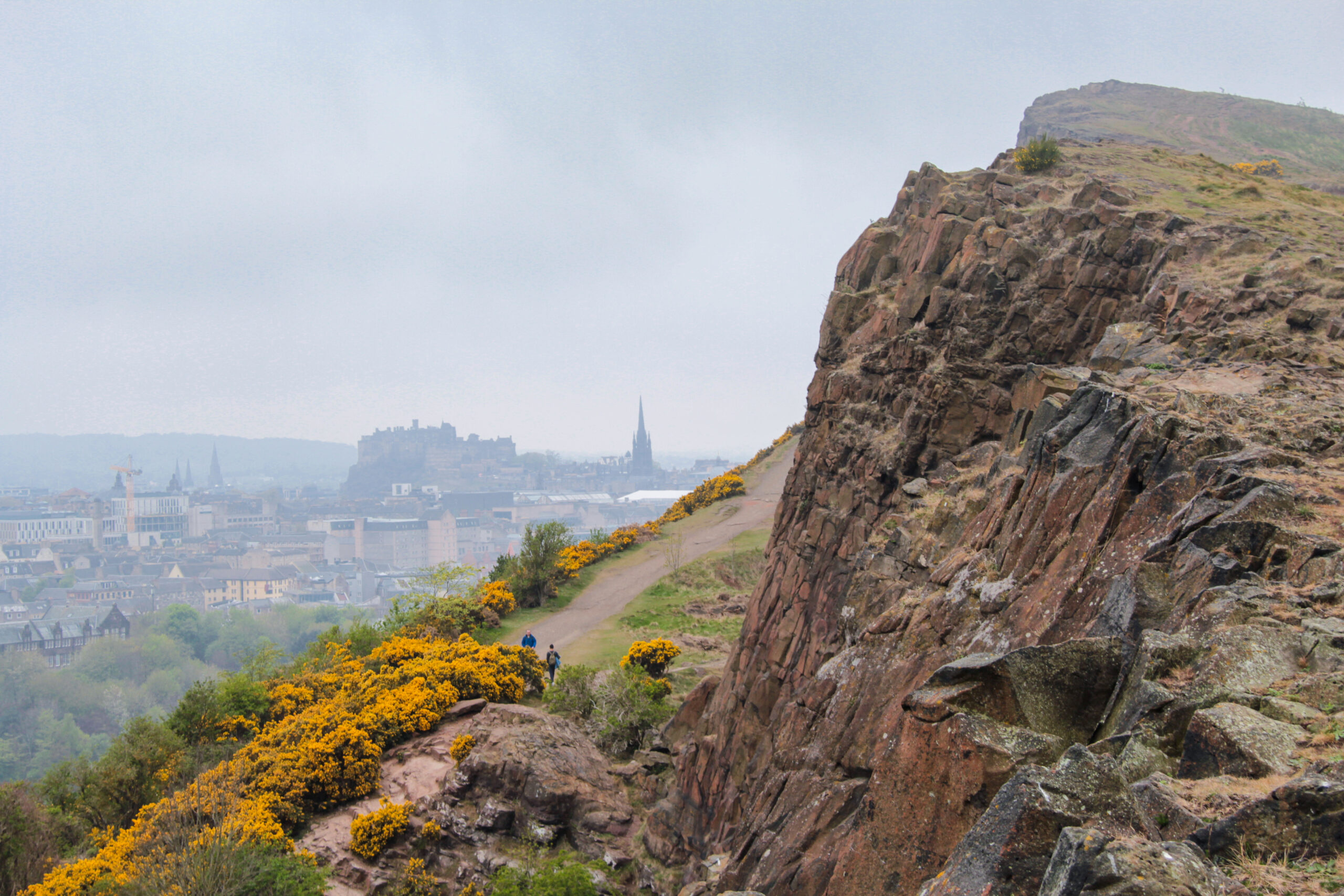
As soon as I found out that you could climb an extinct volcano right in the heart of Edinburgh, I knew I had to make it to the summit of Arthur’s Seat. It’s the highest peak in a group of hills in Holyrood Park, located just east of the city centre, about 1.6 km from Edinburgh Castle. Arthur’s Seat is the dramatic remnant of a volcano that last erupted around 350 million years ago. Standing at 251 meters above sea level, it normally rewards you with an incredible panoramic view over the city and beyond.
To kick off your adventure, start by walking the full length of the Royal Mile, which leads you straight to the impressive Holyrood Palace—the official residence of the Royal Family when they’re in Edinburgh. From there, you’ll enter Holyrood Park, a vast and scenic area filled with history and natural beauty. Besides Arthur’s Seat, the park offers several other cultural and geological highlights waiting to be discovered along the way.
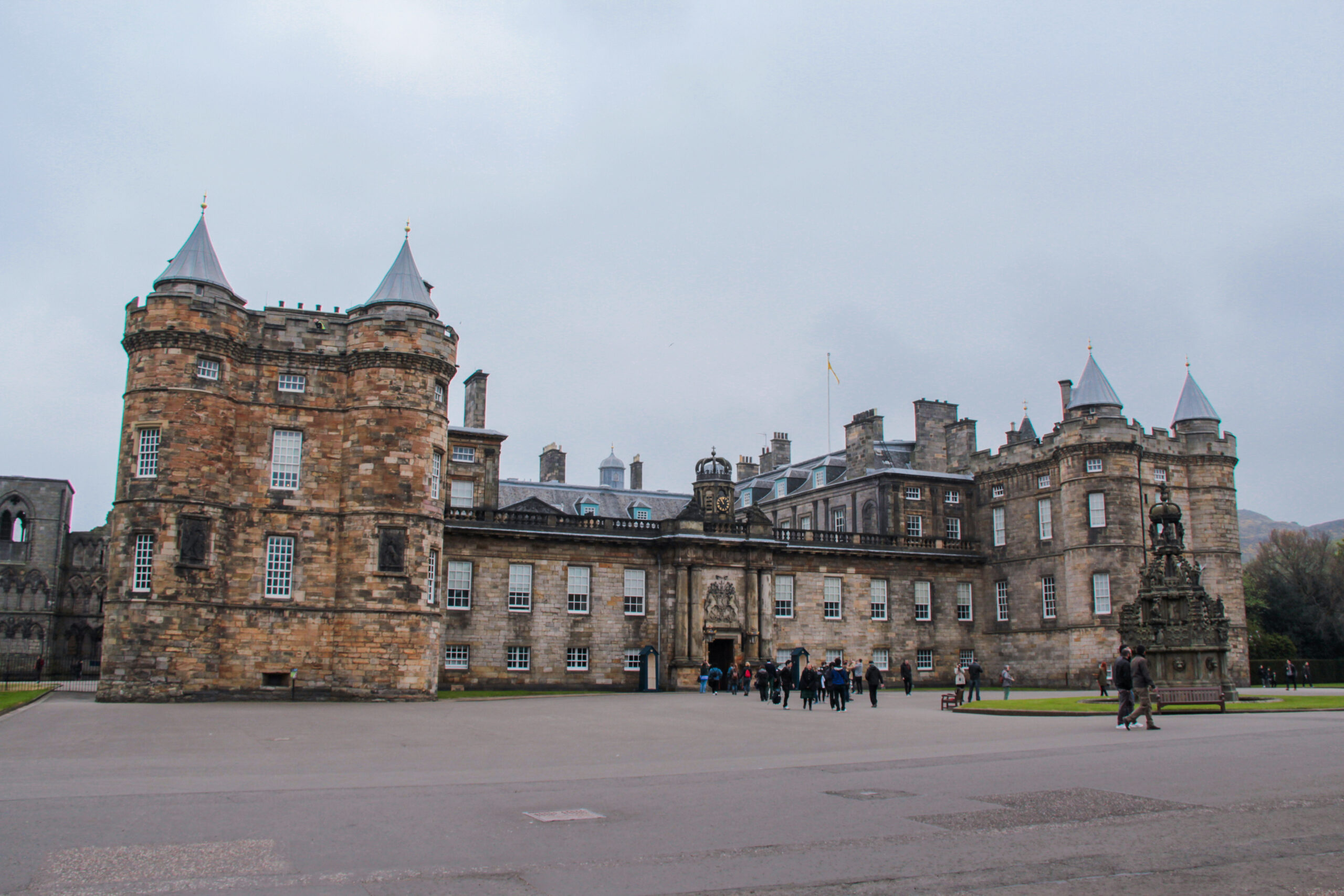
When you’re standing at the foot of Arthur’s Seat, you’ll find several different paths leading up to the summit. You can choose a more relaxing route with a gentle incline or go for the steepest, most direct path, where you might even have to climb a bit at certain points. It’s really up to you and how adventurous you’re feeling. We personally chose a moderate and more relaxed trail because we wanted to enjoy the hike and take in the views at our own pace. Below, you’ll find the path we took to reach the top.
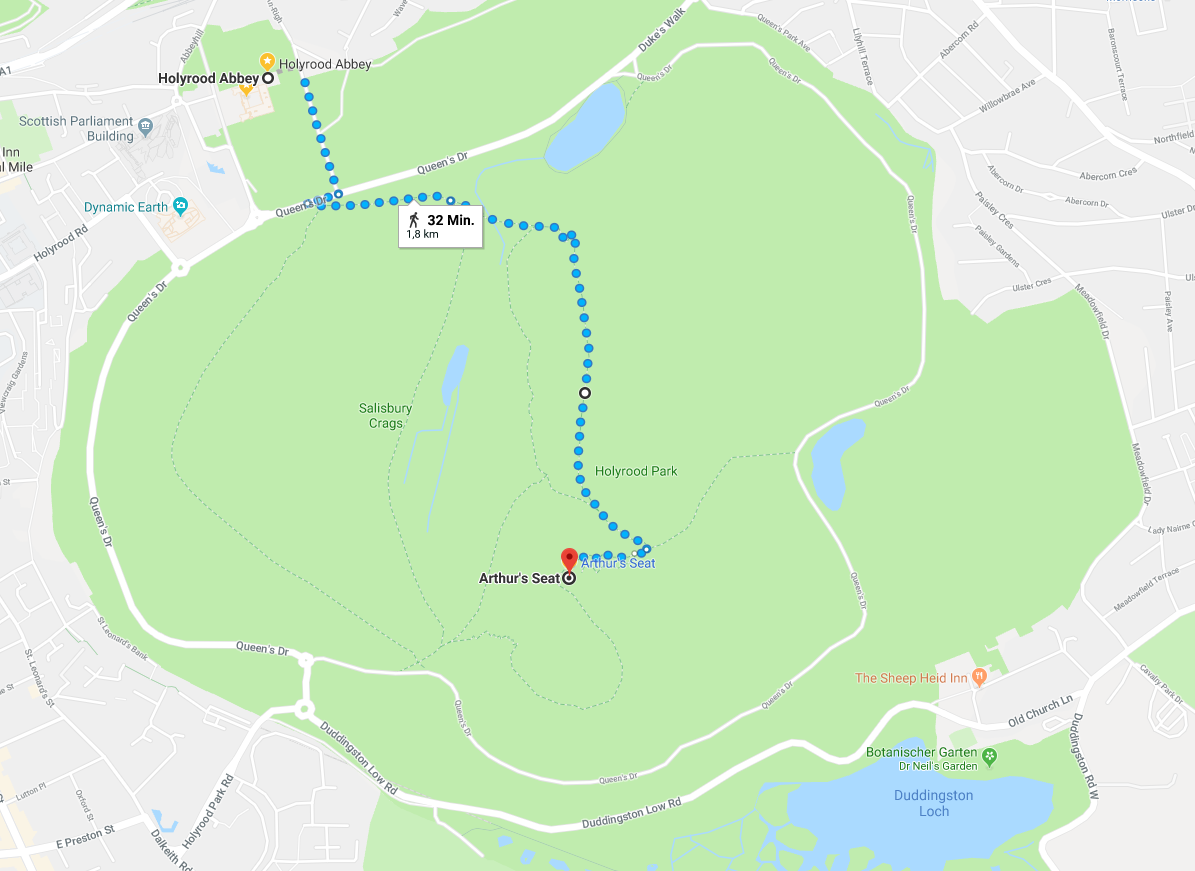
The hike up to Arthur’s Seat is not very difficult, and it’s even doable with children. As you make your way up, you’ll want to turn around frequently to watch Edinburgh gradually shrink behind you. From the Edinburgh Castle, Arthur’s Seat may look almost unreachable because of its height, but as you climb, you’ll quickly realize that reaching the summit is entirely manageable, even if you’re not in top athletic shape. With each step, the view becomes more rewarding, and the climb feels like an achievable adventure.
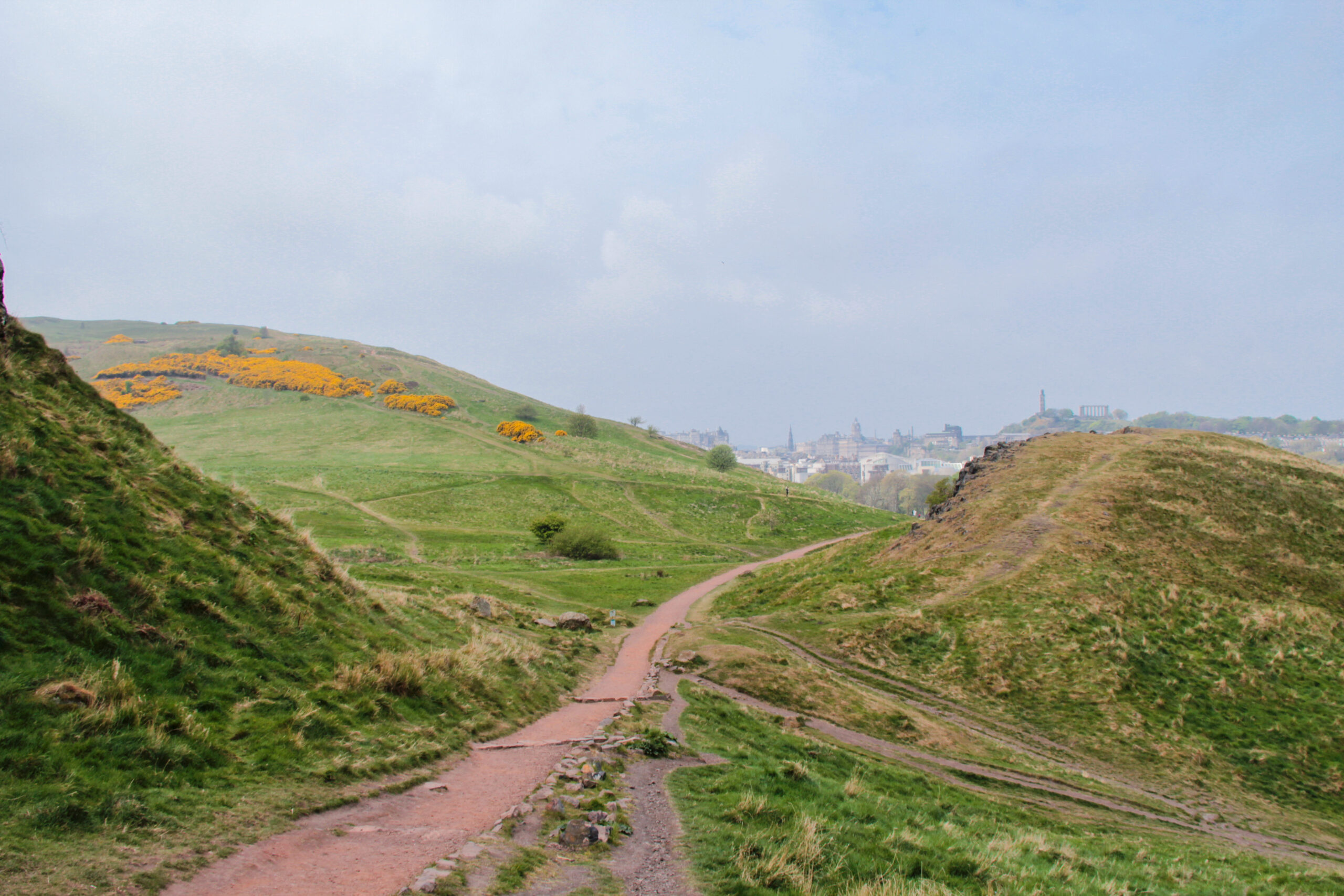
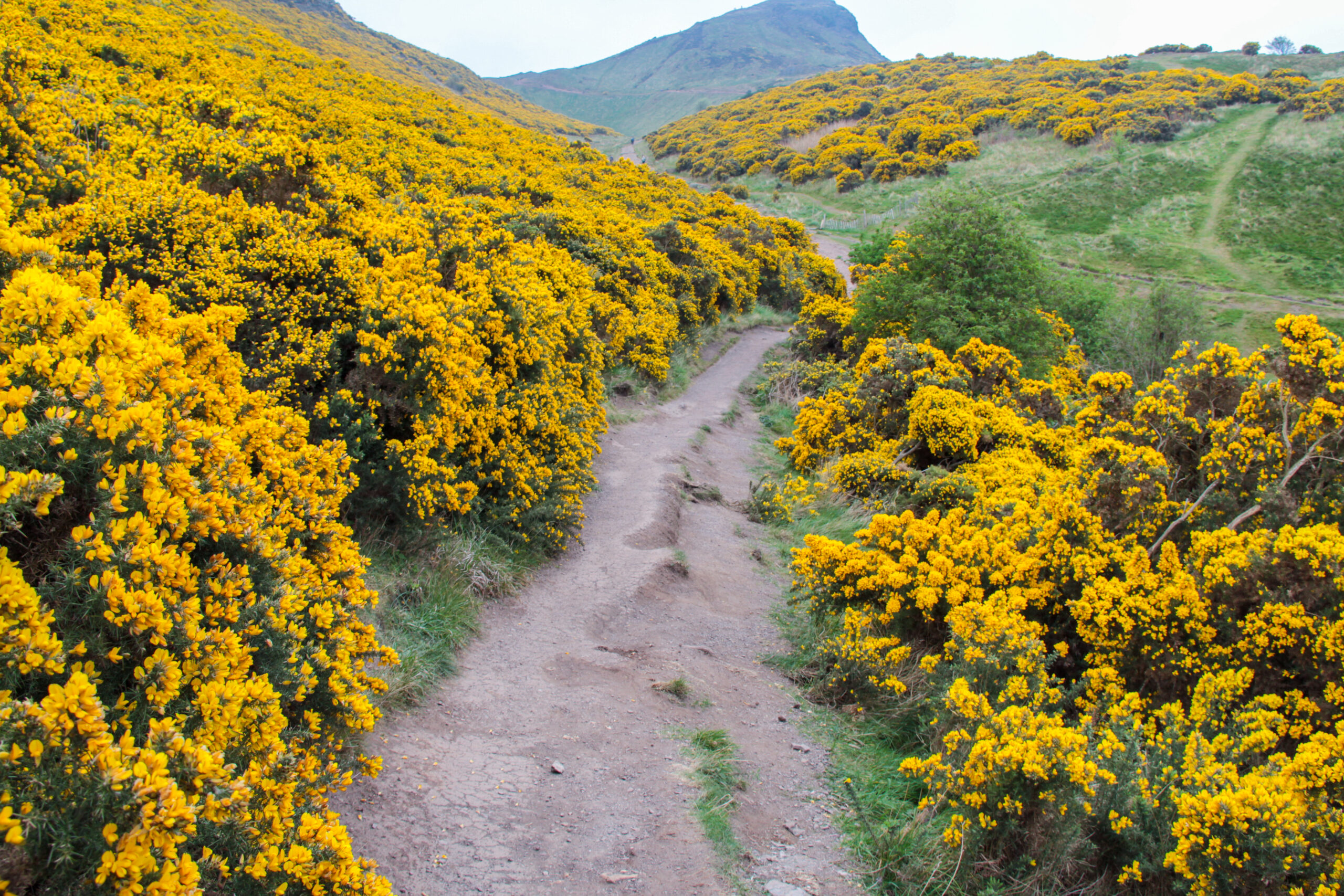
St. Margaret’s Loch
You can’t miss St. Margaret’s Loch, as it’s almost always home to graceful swans. The loch was created in 1856 by Prince Albert to enhance the area surrounding Holyrood Palace, which was part of his efforts to improve the landscape for the royal family. Historically, the loch was also used as a reservoir to supply water to the palace. It’s located about 500 meters from Holyrood Palace and just 100 meters from the ruins of St. Anthony’s Chapel, making it an easy and beautiful stop during your visit.
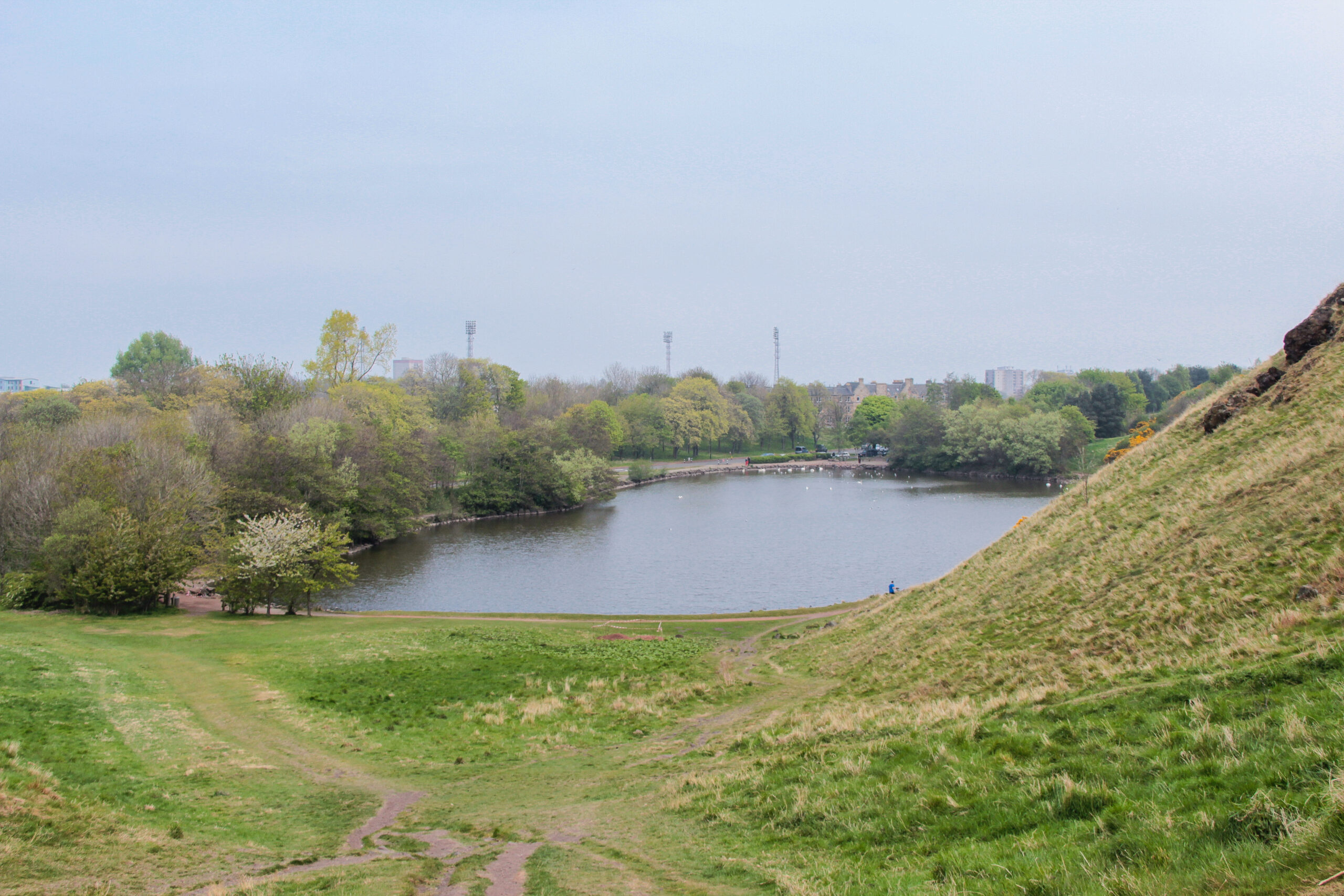
St. Anthony’s Chapel
After walking for a while, you will reach the ruins of St. Anthony’s Chapel. Unfortunately, only part of the North wall remains in Holyrood Park, but these ruins are still quite captivating. The origins and history of St. Anthony’s Chapel remain somewhat mysterious. It is known that the Pope contributed funds for its repair in 1426, which suggests the chapel must have been built before that time. It’s speculated that the chapel could date back to the early 1300s or even earlier. As it stands within the Holyrood Park, it is believed that the chapel may have been linked to the nearby Holyrood Abbey, further adding to its enigmatic past.
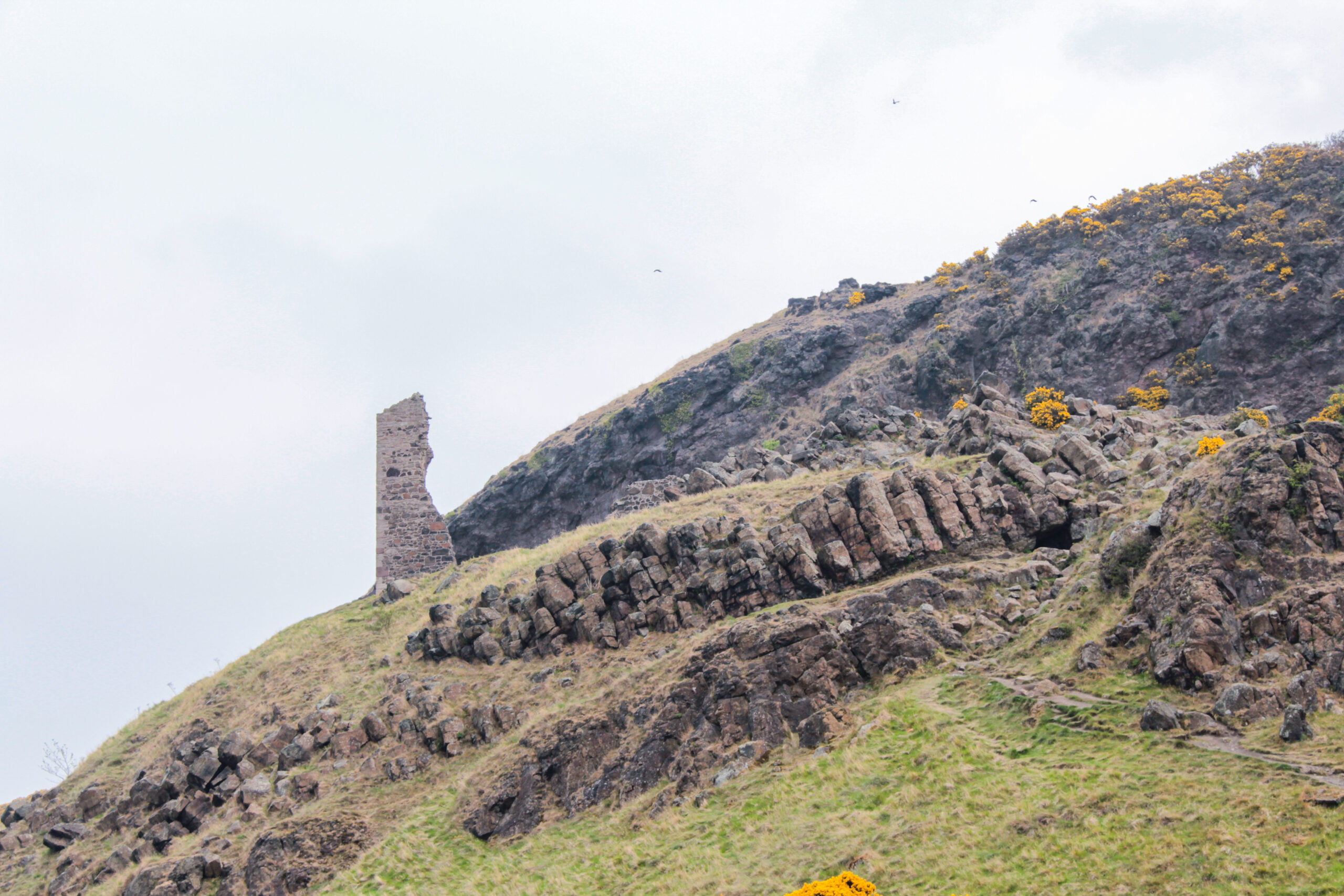
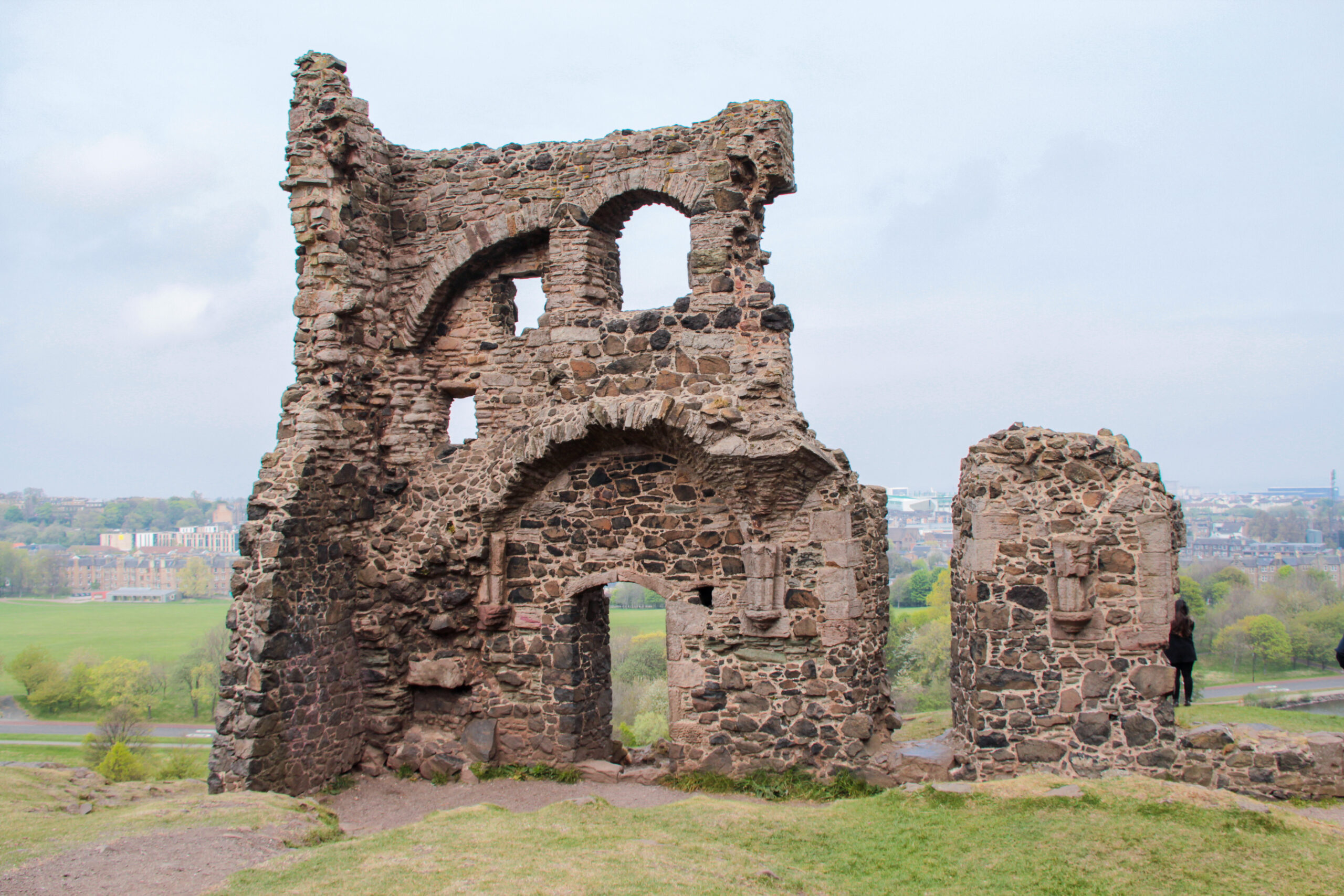
Whenever I find myself standing before the remains of an old building, I like to imagine what it must have looked like in its prime. Originally, St. Anthony’s Chapel had a rectangular shape, with walls constructed from local stone. It also featured a tower, which stood nearly 12 meters tall and likely housed a spiral staircase inside.
If you take the same route we did, you’ll pass the impressive remains of St. Anthony’s Chapel, which provide a fascinating glimpse into the past..
The summit
After walking for about 40 minutes, you’ll reach the summit of Arthur’s Seat. On a clear day, you’re rewarded with breathtaking views over Edinburgh, but unfortunately, the higher we climbed, the cloudier it became. By the time we reached the top, we were completely enveloped in a thick cloud. Instead of panoramic views, we found ourselves surrounded by white fog, unable to see the city at all.
At the summit of Arthur’s Seat, you’ll find a stone monument marking the highest point of the hill, along with a round plaque that shows the cardinal points and the distance to other notable landmarks. Since the weather wasn’t great, the summit was relatively quiet, allowing us to take plenty of photos from different angles without much interruption.
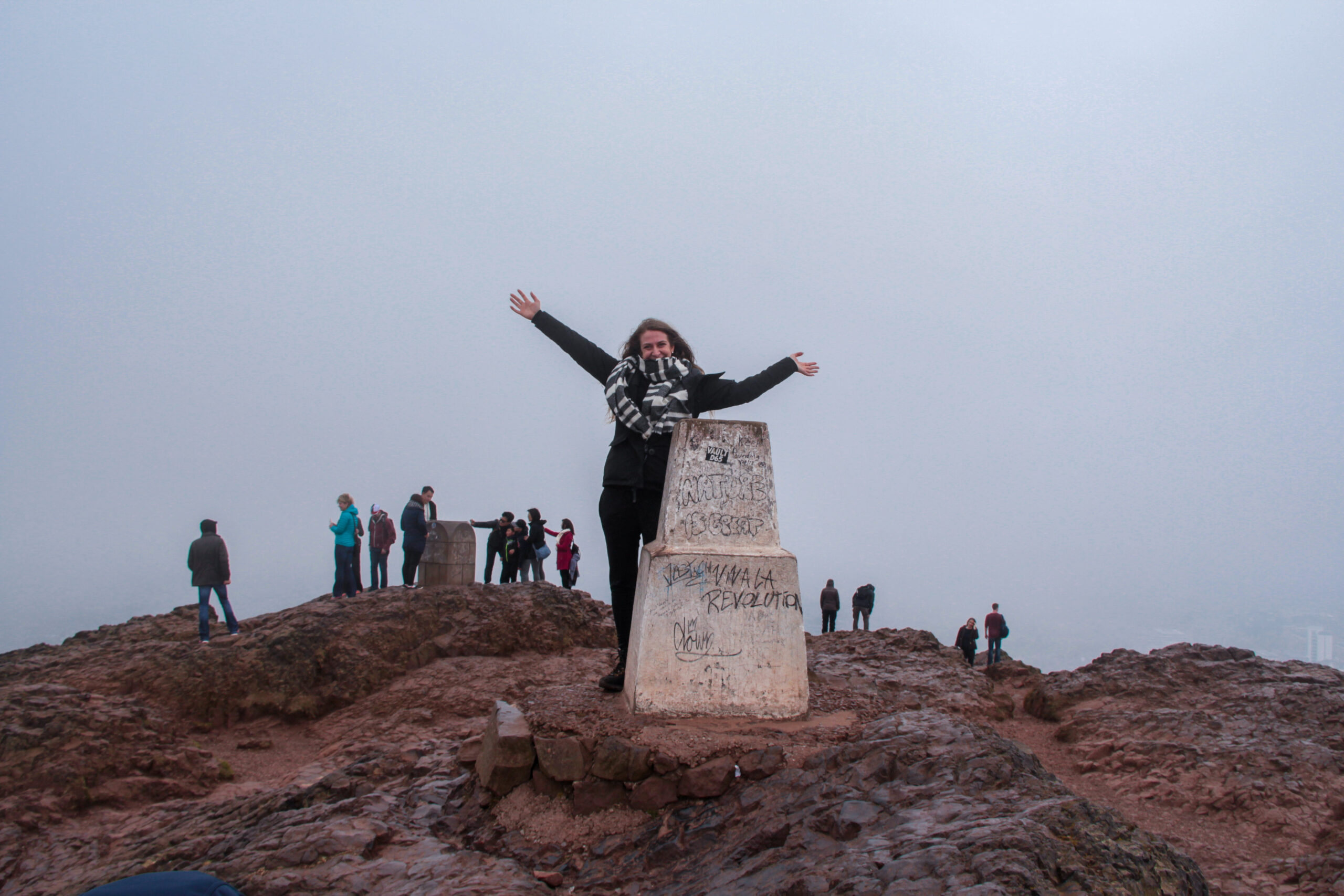
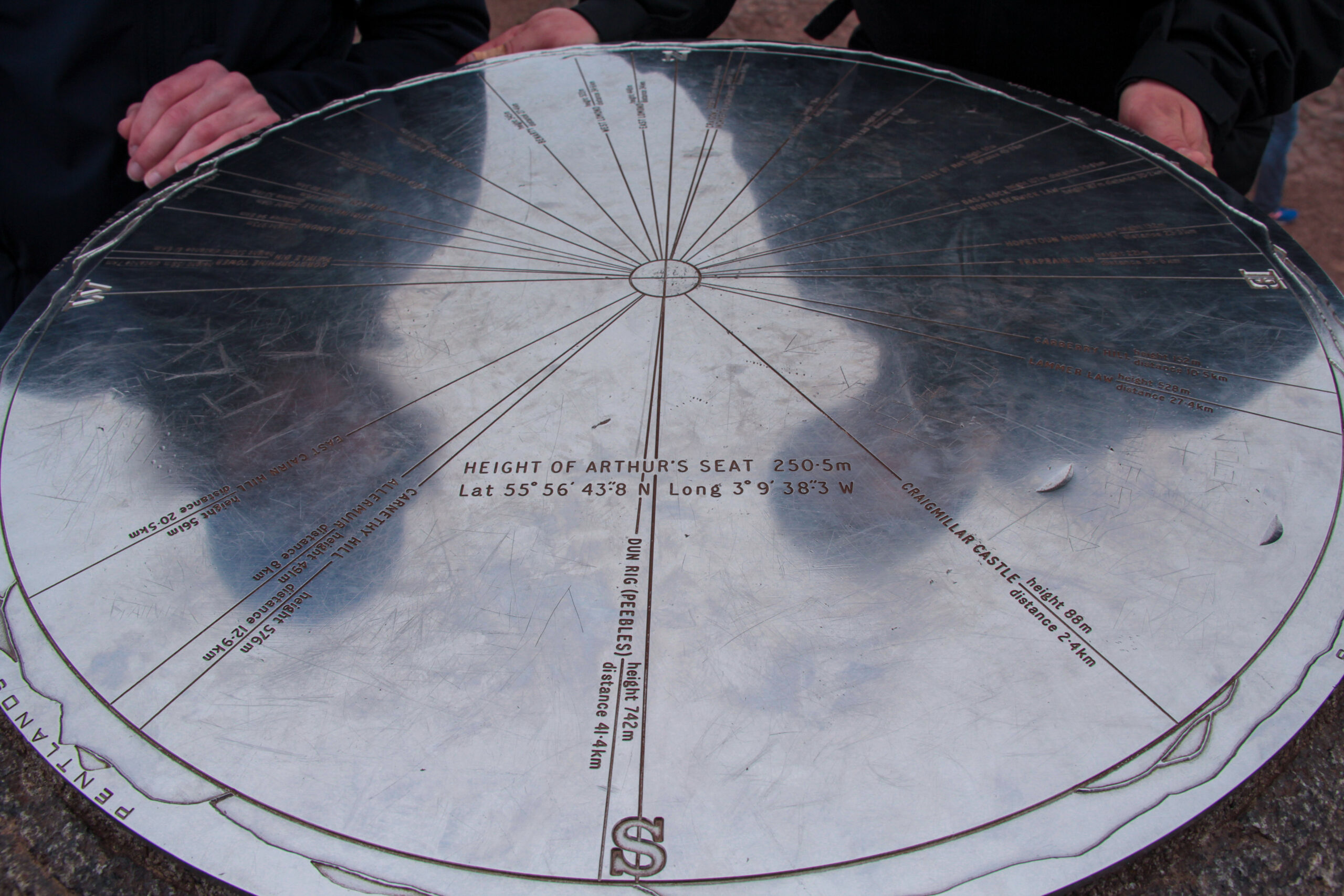
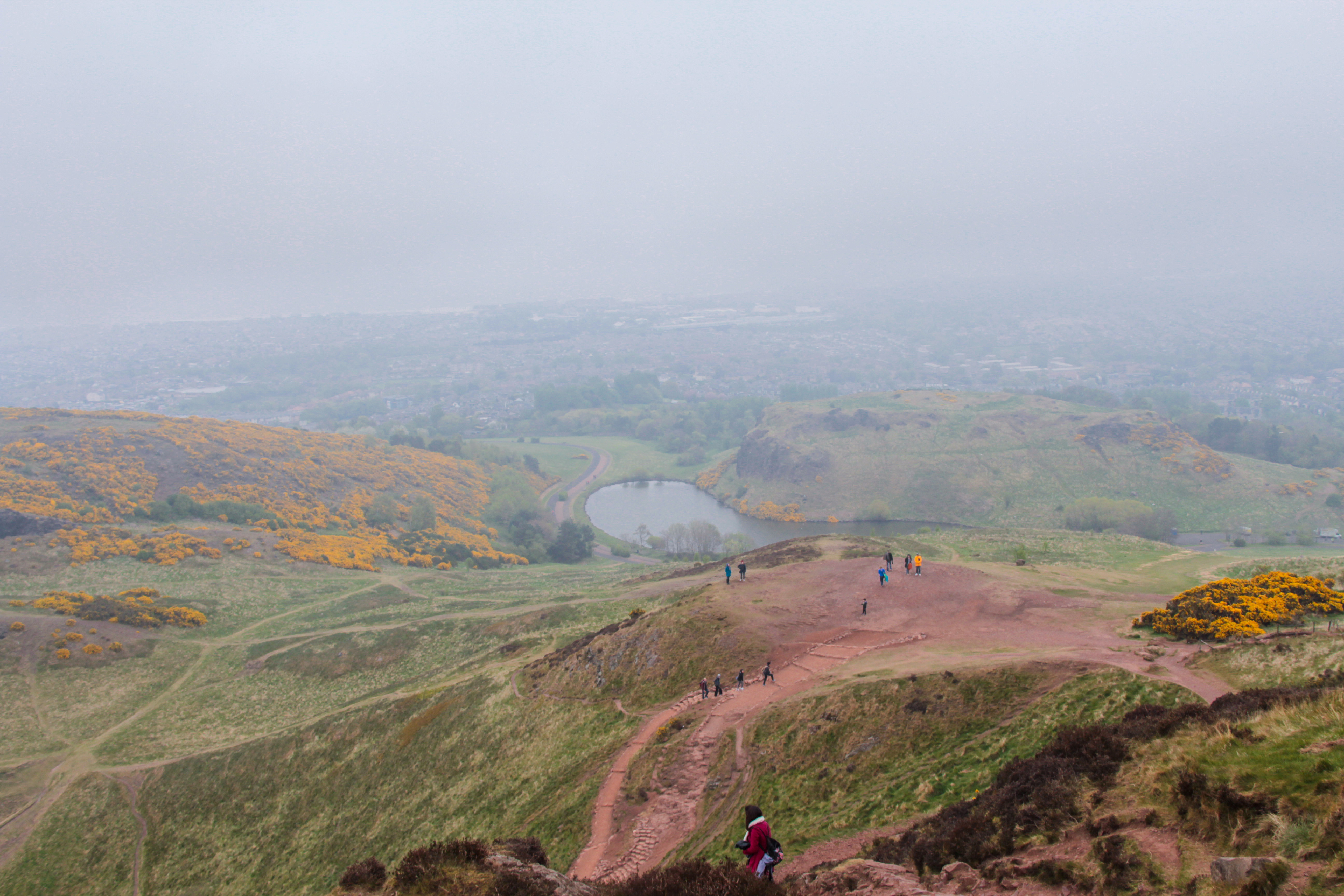
Salisbury Crags
Salisbury Crags are a series of dramatic cliffs at the top of another spur of Arthur’s Seat. Rising 46 meters, these cliffs are composed of dolerite and columnar basalt, and they are a popular spot for rock climbing. The Salisbury Crags are a defining feature of Arthur’s Seat, easily recognizable from a distance, and they add to the hill’s distinctive landscape.
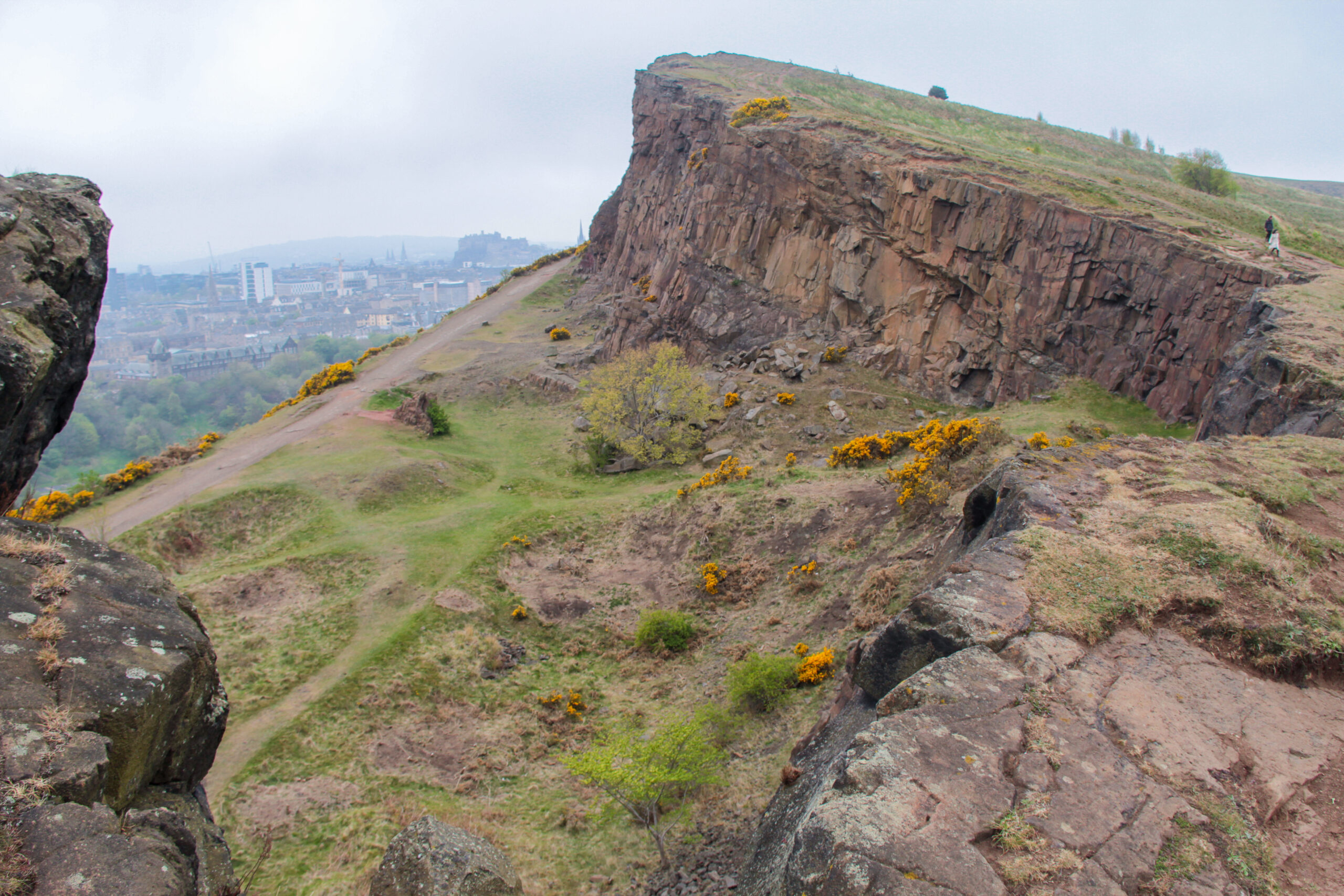
After reaching the summit of Arthur’s Seat, we decided to continue our hike towards the Salisbury Crags. This section is much more relaxed, as it’s not as steep. I highly recommend this short hike to anyone, as it offers stunning panoramic views of the entire city of Edinburgh. Plus, you can take an easy route back down to Holyrood Palace afterwards.

After all, how amazing is it to be able to climb an extinct volcano right in the heart of Scotland’s capital? For me, this was definitely one of the coolest experiences in Edinburgh. It’s an absolute must-do if you’re in the city and love nature and hiking. Just thinking about the fact that this volcano last erupted 350 million years ago made the hike even more special.
Although the view wasn’t as stunning as I had expected, it was still a fantastic hike that took us through the history of Edinburgh. Have you ever hiked up Arthur’s Seat?
Read next: Via Ferreta on Mount Norquay in Banff National Park Canada
